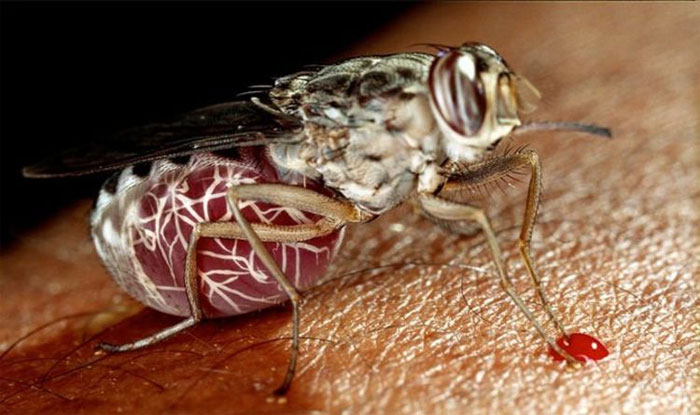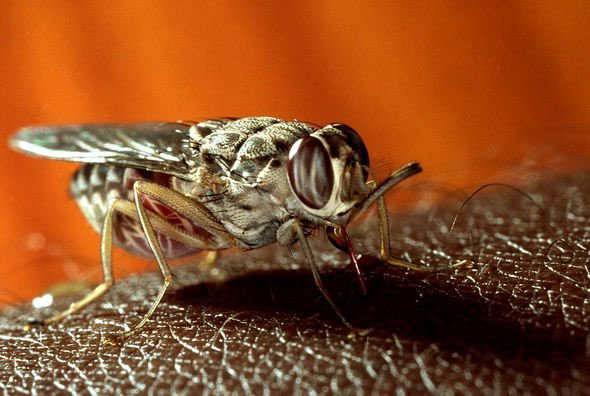Scientists are extremely concerned about a dangerous parasitic disease threatening the lives of millions across Africa.
Sleeping sickness, also known as Human African Trypanosomiasis (HAT), has been present in the sub-Saharan African region since the 19th century. The disease is caused by a parasite transmitted by the tsetse fly that attacks the central nervous system, and it is endemic in 36 countries. HAT infection has two forms depending on the specific type of parasite, and according to the World Health Organization (WHO), this disease can be fatal if left untreated.

Scientists have made a breakthrough in sleeping sickness research. (Photo: Getty)
The World Health Organization (WHO) states: “HAT is threatening millions of people in 36 countries in sub-Saharan Africa. Those affected often live in remote rural areas with limited access to comprehensive healthcare services, complicating the monitoring, diagnosis, and treatment of cases. Additionally, population displacement, war, and poverty are significant factors facilitating transmission.”
The two forms of HAT are caused by two species of the Trypanosoma parasite. Trypanosoma brucei gambiense is found in 24 countries in West and Central Africa, while Trypanosoma brucei rhodesiense is found in 13 countries in East and Southern Africa. It is estimated that this disease could kill around 70 million people in sub-Saharan Africa and is classified as a “pandemic.”
Recent research published by scientists at the University of Glasgow analyzed how the disease develops, which could help health officials better diagnose and treat the disease in its two stages (early and late). Using experimental mice, researchers found that a range of host genes controlling the disease’s development in the central nervous system are activated earlier than previously thought – even before the neurological signs of the disease appear.

The disease is primarily transmitted by the tsetse fly carrying one of the two parasites. (Photo: Getty)
The findings published in the journal PLOS “Neglected Tropical Diseases” explain why neurological symptoms appear early, thereby understanding how the parasite can invade the central nervous system so quickly after infection.
Professor Peter Kennedy CBE at the University of Glasgow stated: “Our work provides important insights into this disease, allowing us to have clearer perspectives on treating patients.”
This disease is mainly transmitted through the bite of the tsetse fly, although the vectors are quite diverse. For instance, transmission from mother to child can occur when trypanosomes enter the placenta and infect the fetus. Furthermore, the WHO states that sexual transmission may also be a cause of the disease.
In the early stage of the disease, known as the lymphatic stage, victims experience fever, headaches, joint pain, itching, and swollen lymph nodes. At this stage, treatment is relatively easy as it is not highly dangerous. In the later stage, known as the neurological stage, the disease becomes more toxic and much harder to treat. So far, it is believed that the second stage occurs when the parasite crosses the blood-brain barrier to invade the central nervous system. However, there is increasing evidence that the disease can cause neurological problems right from the early stage.
According to the WHO, the progression of the disease depends on a certain level of white blood cells in the cerebrospinal fluid – the clear fluid surrounding the brain and spinal cord. Additionally, there have been reports of patients appearing to have no or very few white blood cells in the cerebrospinal fluid, despite showing symptoms in the late stage.


















































